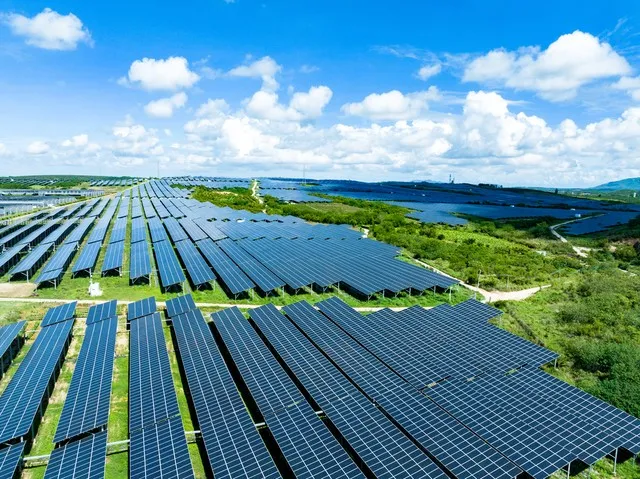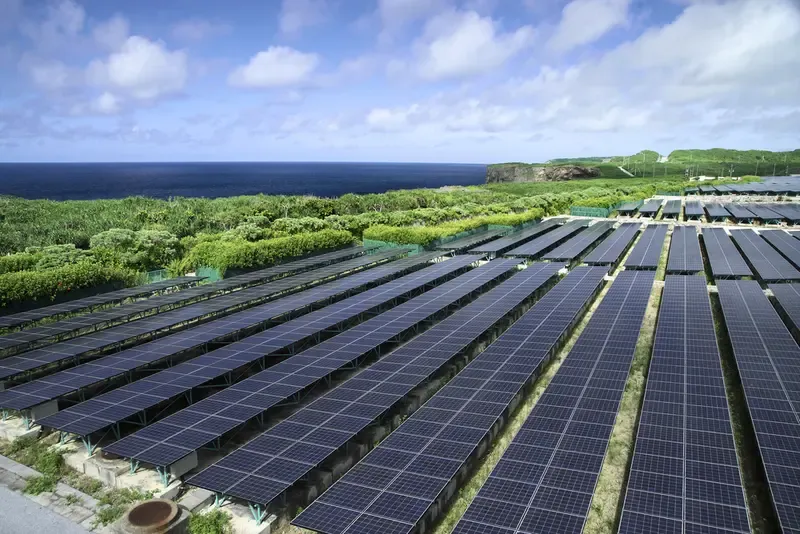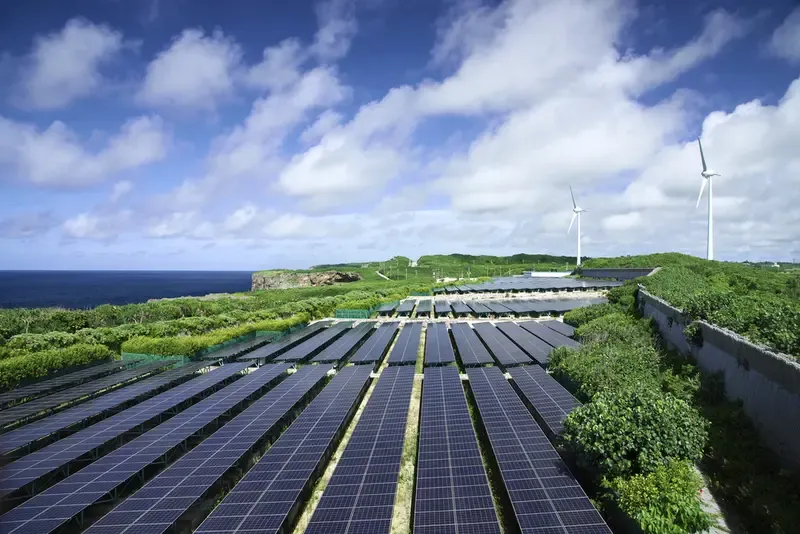When you picture a perfect island retreat—palms, blue water, no sound—you're probably not thinking of the hum of a diesel generator. But it's the reality for thousands of off-grid tourist resorts and island tourist attractions attempting to balance heaven with electricity.
So how do you install a solar container for island power?
The answer could revolutionize how island-based eco-tourism is conducted. Whether you are running a luxury bungalow, a backpacker lodge, or an entire resort village, a mobile solar container gives clean, silent, and remarkably low-maintenance power—minus the logistical inconvenience of fuel shipments.
Let's walk through how to do it, step by step.
Why Use a Solar Container on a Tourism Island?
Before we talk technology, let's ask one simple question:
What's the actual cost of power on an island—economic, logistical, and ecological?
Diesel fuel needs to be imported, stored safely, and conserved. That means:
- Higher costs and frequent interruptions
- Massive carbon emissions (not really green marketing)
- Frequent maintenance and noise pollution
- Risk of spills, storage leak, or equipment failure
Picture now a solar-powered container ship like a freight vehicle, mobilizing in hours, and whirring softly for 25+ years.
Step 1: Choose a Good Location
Location on the site is everything to put in a solar container for island power. You need:
- Full-day sun exposure(at least 6 hours of direct sun)
- Level, stable base(concrete slab or stabilized ground)
- Reasonable delivery access—crane, barge, or heavy-lift drone
- Distance from shade, salt spray, or guest traffic
Some resorts conceal the container behind employee housing or behind service rooms. Others highlight it as part of their eco-branding—if it has a glass-front EMS screen with real-time energy output.

Step 2: Scale Your System According to Guest Load
Reality time: how much energy do you actually need?
Suppose your green resort has 10 glamping cabins, each with:
- Lights, ceiling fan
- Phone chargers, Wi-Fi
- Small fridge
- Periodic water heater use
Your daily energy demand may be between 15 and 25 kWh, depending on occupation.
You will require a solar box with:
- 5–10 kW of solar panel capability
- 20–40 kWh of battery backup space (LiFePO₄ is preferred)
- Energy Management System (EMS) for load monitoring and management
- Optional hybrid inverter with generator backup in low-sun periods
Step 3: Be Intelligent with Your Loads
This step is often skipped—but it's where you become "optimized" instead of "functional."
Smart load management includes:
- Running laundry machines and water pumps in the daytime
- Turning off unnecessary appliances at night with timers or smart plugs
- Grouping lights and fans onto priority vs. non-priority circuits
- Monitoring usage through an app so your staff can identify spikes before they become problems
Step 4: Planning for Seasonal Fluctuation
There ain't no sunshine every day.
If your tourist island experiences monsoon or cloud-heavy seasons, plan for:
- A modular containerthat enables you to add extra panels or battery banks
- A diesel or plug-in wind turbinegenerator for occasional weather catastrophes
- Weather-forecasting EMS gearthat load-pre-configures or warns
Tropical islands do receive typhoons—so anchoring your container against storm surge and high winds isn't an option. Try ground screws, ballast, or steel brackets.
Actual Example: Off-Grid Eco Resort in the Philippines
In 2024, a solar container was installed at a 14-room island resort in Palawan. Their diesel bills were nearly $2,500/month before the upgrade—and that wasn't even factoring in generator maintenance.
After installing a 10 kW solar container with 30 kWh storage:
Fuel deliveries fell by 85%
Night-time power cuts disappeared
Staff downtime reduced
Guests could watch solar generation on a screen near reception
And the twist: the container became an Instagram darling, as well, with visitors snapping pictures of their "green-powered heaven."
Step 5: Train Your Staff (And Maybe Guests)
Your solar container won't need attention every hour, but your staff do need to know a few things:
- How to read the EMS panel
- What to do if the system fails
- When to call for remote support
It's not about limits—it's about mindful energy. And for some reason, most guests love it.

If you're building an island retreat designed to escape the bother, grit, and stress of modern life…
Don't your power infrastructure need to share that same attitude?
Maybe it's time to stop shipping diesel barrels across cerulean waters—and start harvesting the sunshine already available.

